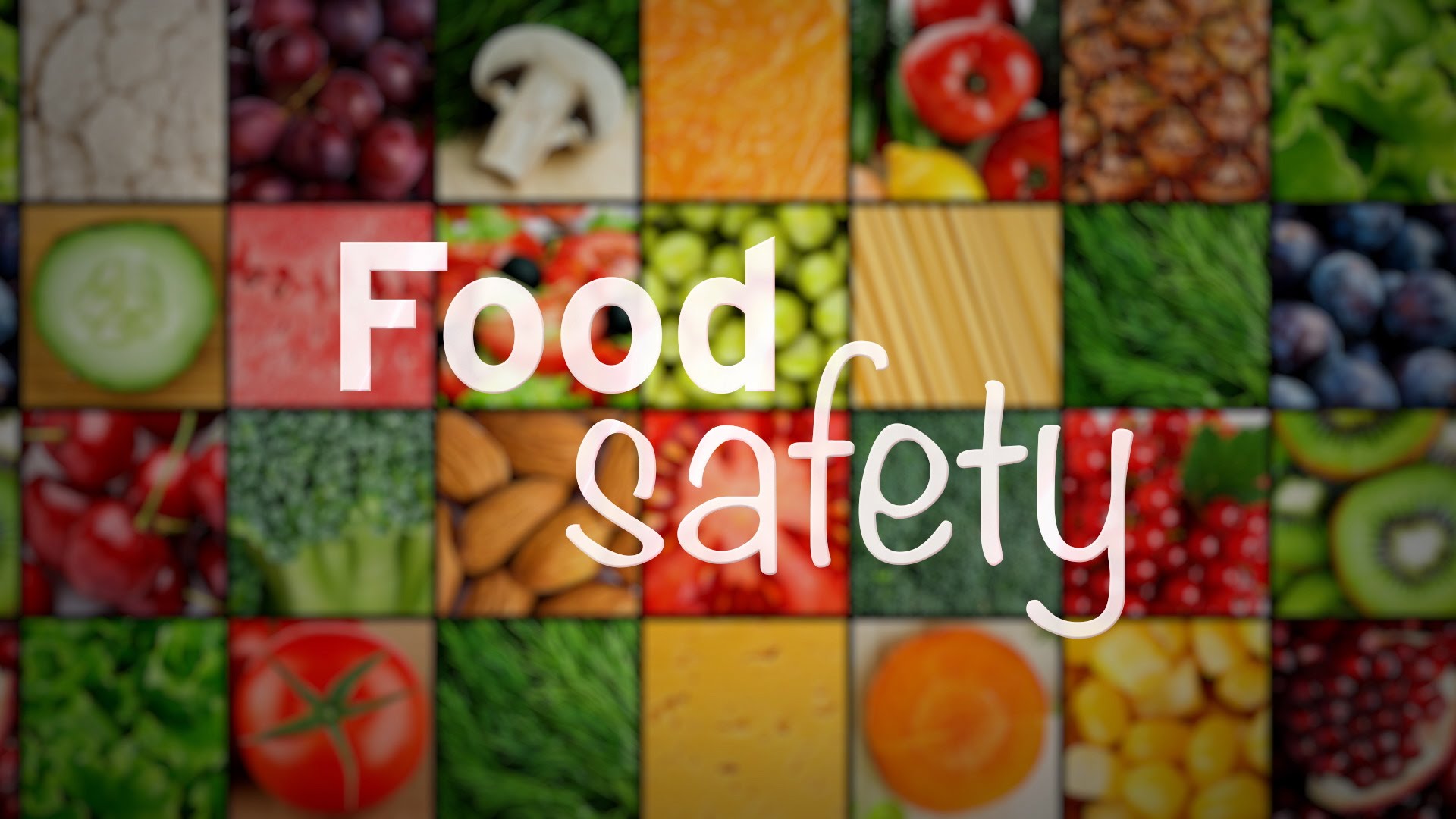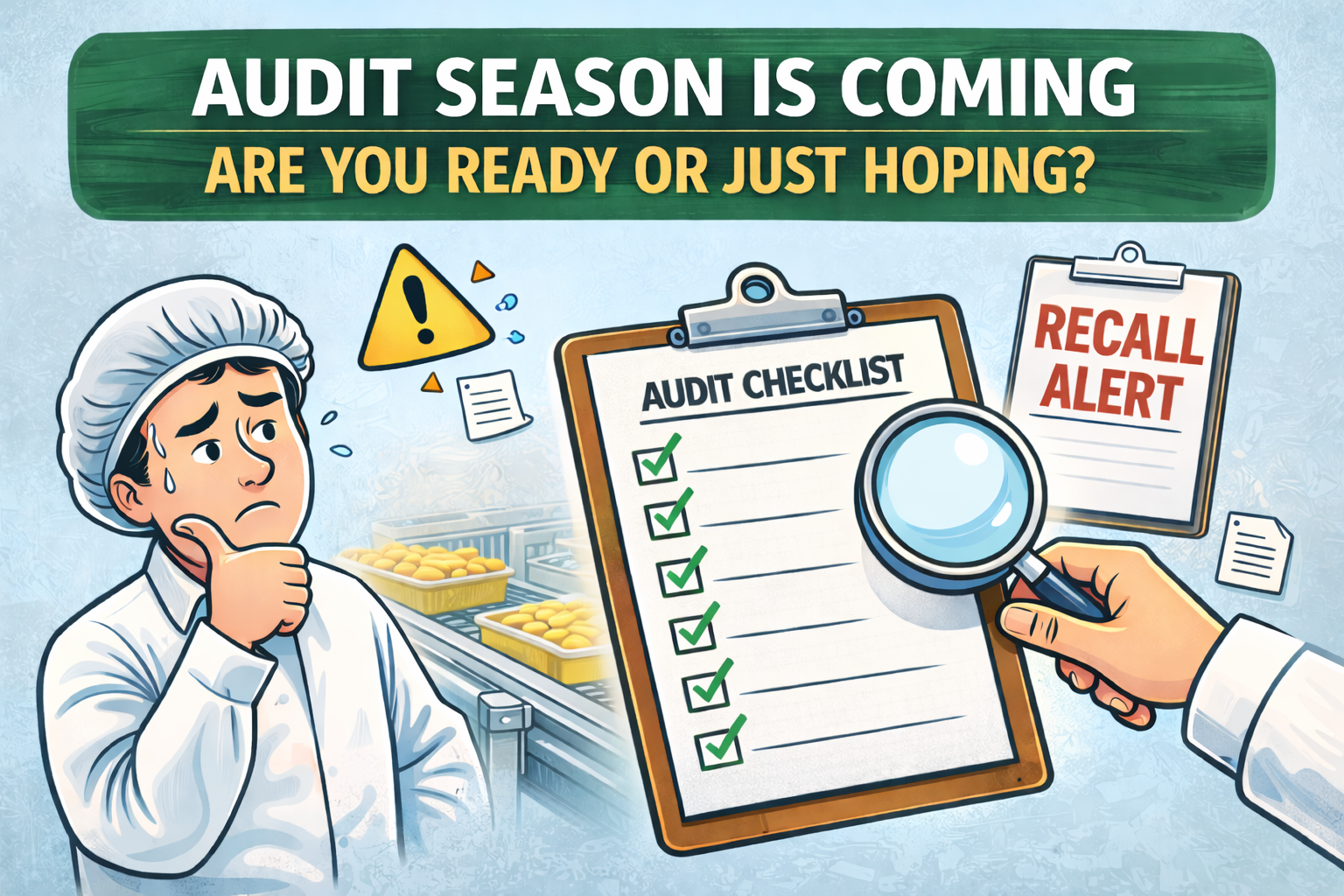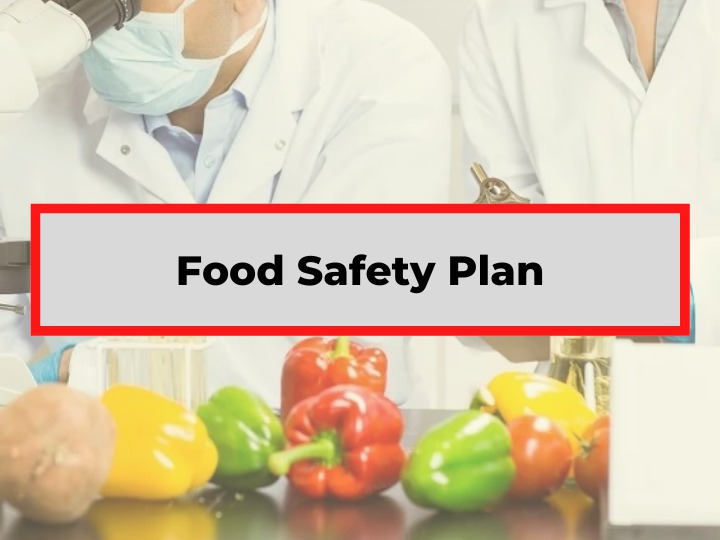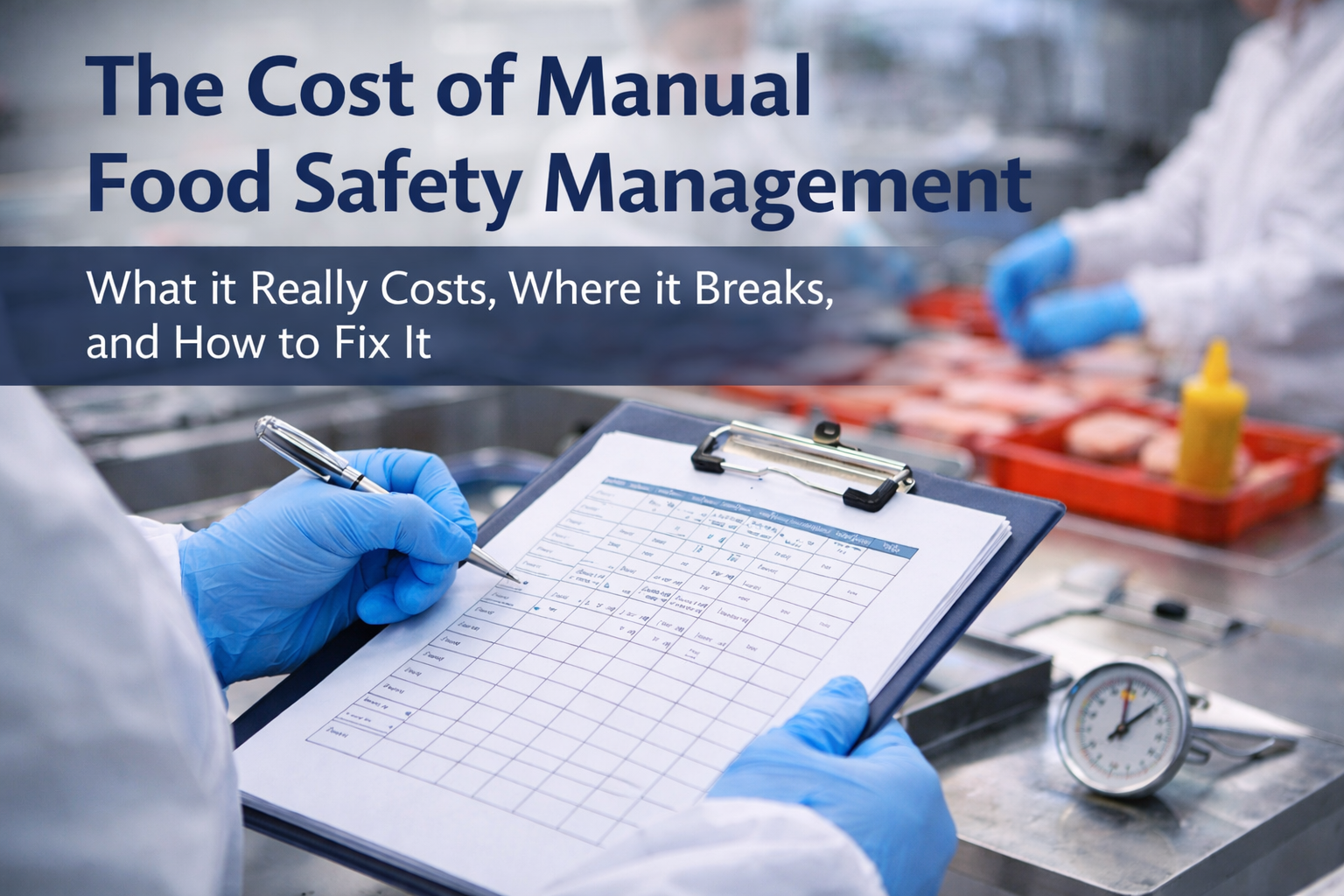Ensuring food safety is a critical aspect of running a food business. There are many regulatory requirements that food establishments must adhere to in order to meet food safety standards. In this blog post, we will discuss the best practices for achieving food safety regulatory requirements, including tips to reduce the chances of foodborne illnesses, the importance of effective sanitation, employee training, and the benefits of functional food safety management systems.
1. Tips to reduce the chances of foodborne illnesses: One of the best ways to reduce the chances of foodborne illnesses is to implement a Hazard Analysis and Critical Control Points (HACCP) program. The HACCP system identifies potential hazards in the food production process and establishes control measures to prevent or eliminate them. Some examples of HACCP measures include proper food handling, cooking, cooling, and storage procedures. Another tip is to keep temperature logs of refrigerators and freezers to ensure that food is stored at safe temperatures.
2. The importance of effective sanitation: Maintaining a clean and safe environment is crucial to prevent the spread of germs and bacteria. All surfaces, equipment, utensils, and facilities should be cleaned and sanitized regularly. Cleaning schedules should be established and followed consistently, and employees should be trained on proper sanitation practices. Additionally, hand washing facilities with soap and warm water should be readily available and accessible to all employees at all times.
3. Employee training: Adequate employee training is essential for achieving food safety regulatory requirements. All employees should be trained on proper food handling, sanitation, cleaning, and allergen management to prevent cross-contamination. Training should also include disease prevention and control measures, such as proper hand hygiene and the use of personal protective equipment (PPE).
4. Functional food safety management systems: A functional food safety management system helps ensure that all food safety requirements are being met. It provides a systematic approach to identifying and controlling hazards, monitoring food safety performance, and improving food safety practices. These systems may include standard operating procedures, quality control measures, staff training, corrective actions, and continuous improvement programs.
5. Benefits of achieving food safety regulatory requirements: Meeting food safety regulatory requirements not only helps prevent foodborne illnesses but also improves customer satisfaction, increases employee productivity, and reduces the risk of costly legal issues. Furthermore, it helps establish the food establishment's reputation as a responsible and reliable business.
Achieving food safety regulatory requirements is paramount to running a successful food establishment. The best practices include implementing a HACCP system, effective sanitation practices, employee training, and functional food safety management systems. Investing in these practices not only helps prevent foodborne illnesses but also ensures reliable and safe food products, increases employee productivity, and improves customer satisfaction. By prioritizing food safety, you will establish a healthy and thriving food business.







